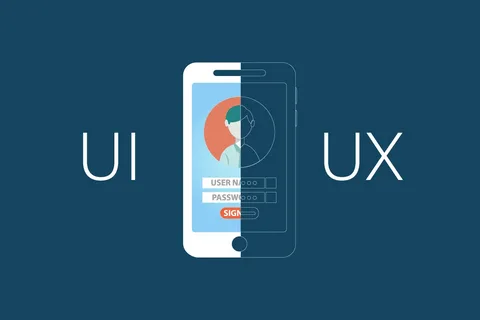Building a Successful Food Delivery App: Tips from App Builders

Introduction
The food delivery industry has witnessed an unprecedented surge in recent years, driven by changing consumer preferences and technological advancements. With the convenience of ordering food from the comfort of your home or office, food delivery apps have become an integral part of our daily lives. If you’re thinking about entering this lucrative market, you’re not alone. But building a successful food delivery app requires careful planning, execution, and a deep understanding of customer needs. In this article, we’ll share insights and tips from experienced delivery app builders to help you create a winning food delivery app.
Understanding the Food Delivery App Market
Before diving into the development process, it’s crucial to understand the dynamics of the food delivery app market. Here are some key insights:
- Market Research: Conduct thorough market research to identify gaps, opportunities, and potential niches in the food delivery market. Analyze your competitors, their strengths, weaknesses, and customer reviews to gain insights into what works and what doesn’t.
- Target Audience: Define your target audience. Are you catering to health-conscious individuals, busy professionals, or students on a budget? Tailor your app’s features and marketing strategies accordingly.
- Local vs. Global: Decide whether you want to focus on local or global markets. Local markets often allow for faster growth due to a concentrated customer base, while global markets offer scalability and expansion opportunities.
1. Understand Your Target Audience
Before diving into the app development process, it’s crucial to have a clear understanding of your target audience. Who are your potential users? What are their preferences, habits, and pain points? Conduct thorough market research to gather insights into customer behavior and expectations. You may want to consider factors such as age, location, dietary restrictions, and income levels.
Pro Tip: Create user personas to represent your ideal customers. This will help you tailor your app’s features, design, and marketing strategies to meet their specific needs.
2. Choose Your Niche
The food delivery industry is highly competitive, so finding a niche can set you apart from the crowd. Consider specializing in a particular cuisine, dietary preference (e.g., vegan, gluten-free), or meal type (e.g., breakfast, lunch, dinner). By focusing on a niche, you can cater to a specific audience with tailored offerings.
Pro Tip: Conduct a competitive analysis to identify gaps in the market and opportunities to provide unique value.
3. Develop a Robust Business Model
Your app’s success hinges on a solid business model. There are several revenue streams to consider:
- Commission from Restaurants: Charging restaurants a percentage of each order is a common model. Make sure your commission rates are competitive to attract more restaurant partners.
- Delivery Fees: Charging customers a fee for delivery can be an additional revenue source. Offer options like free delivery for orders over a certain amount to incentivize larger purchases.
- Subscription Models: Consider offering subscription plans with benefits like discounts, exclusive deals, or faster delivery for a recurring fee.
- Advertising: Partner with restaurants to promote their specials or feature sponsored listings within your app.
Pro Tip: Keep your pricing strategy flexible and adjust it based on market dynamics and user feedback.
4. Prioritize User Experience (UX) and User Interface (UI) Design
The success of a food delivery app largely depends on its user interface and experience. Invest in a user-friendly design that is easy to navigate and visually appealing. Key considerations include:
- Intuitive Ordering: Make it easy for users to browse menus, customize orders, and complete the checkout process. Incorporate features like order tracking and easy reordering for a seamless experience.
- High-Quality Images: Use high-resolution images of dishes to entice users and help them make informed choices.
- Personalization: Implement algorithms that suggest restaurants and dishes based on user preferences and past orders.
- Multiple Payment Options: Offer a variety of payment methods, including credit/debit cards, digital wallets, and cash on delivery.
Pro Tip: Conduct usability testing with potential users to identify pain points and make continuous improvements to the app’s design.
Conclusion
The food delivery industry is a bustling hub of opportunity, but capitalizing on it demands more than just a good idea. It requires a profound understanding of the market, a keen focus on your target audience, and a relentless commitment to delivering a stellar user experience. As you embark on your journey to build a successful food delivery app, remember to stay adaptable, receptive to feedback, and always prioritize the needs and preferences of your users. By following these insights and pro tips, you will be better positioned to carve out a significant slice of this ever-growing market and create an app that is both profitable and cherished by its users. Whether it’s finding the perfect niche, developing an effective business model, or delivering a seamless UX and UI, your dedication to excellence will be the key ingredient in your app’s success.





